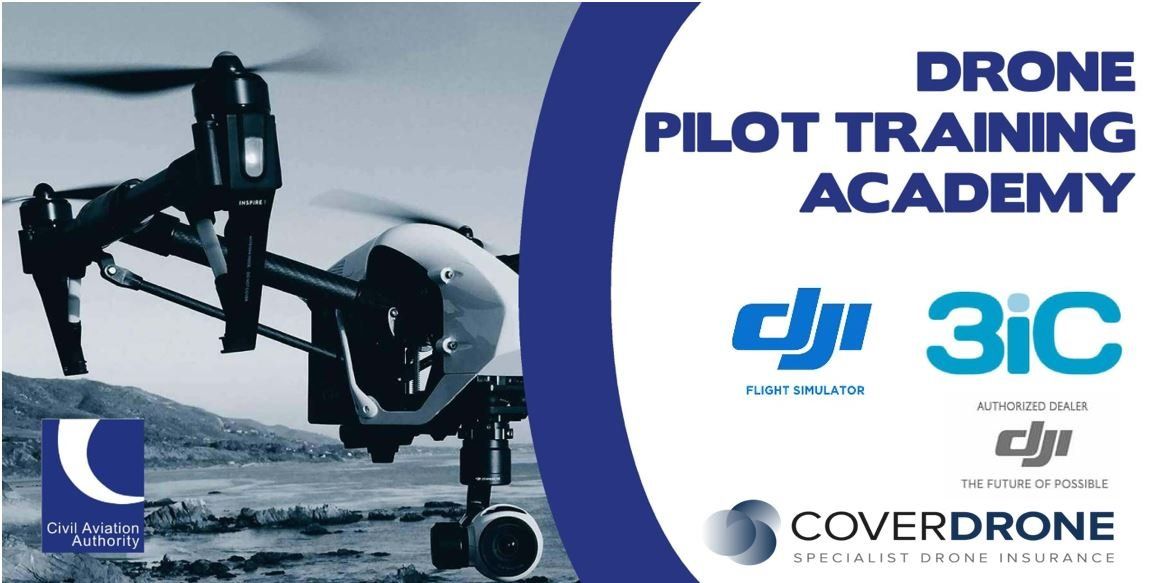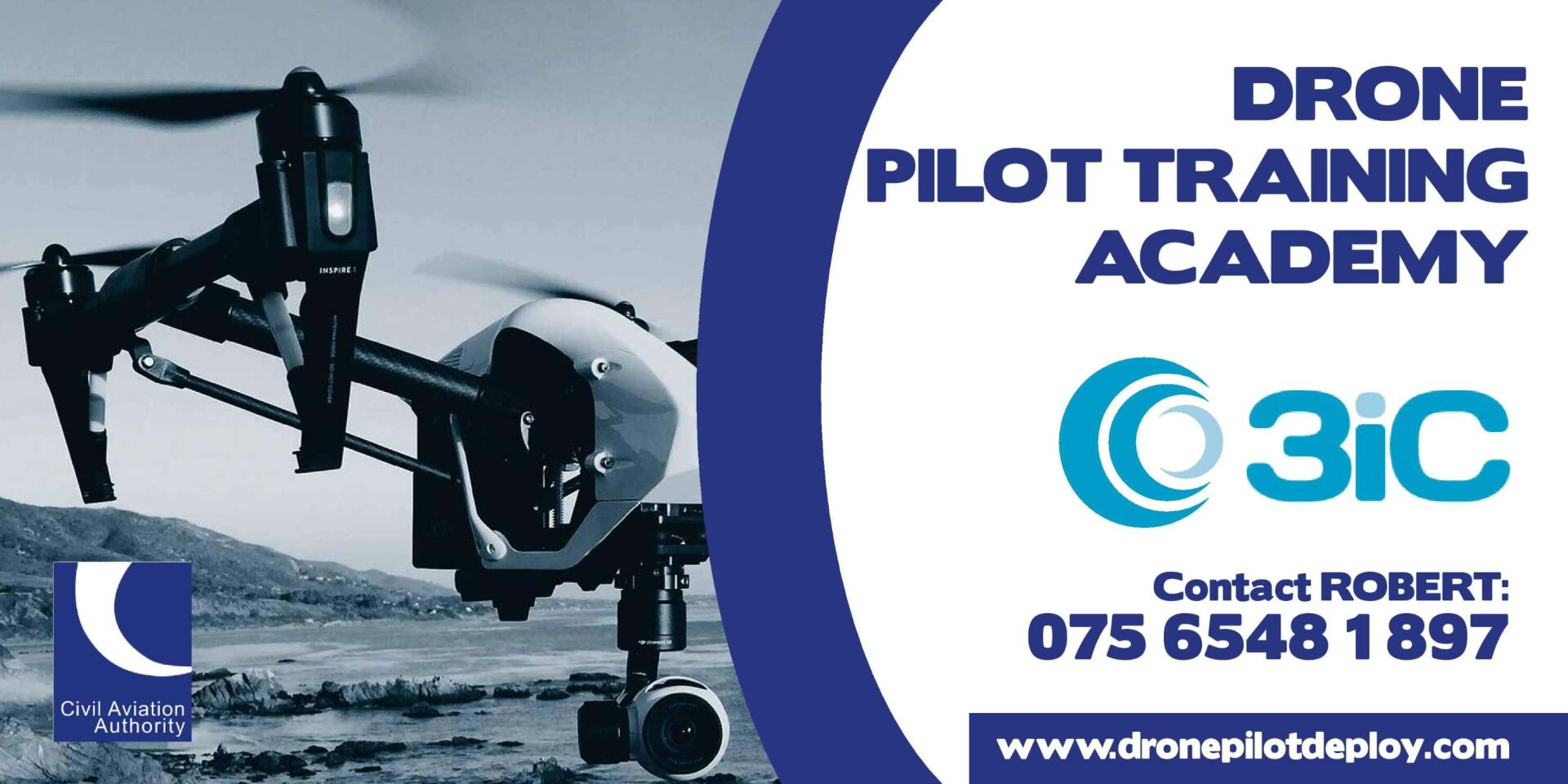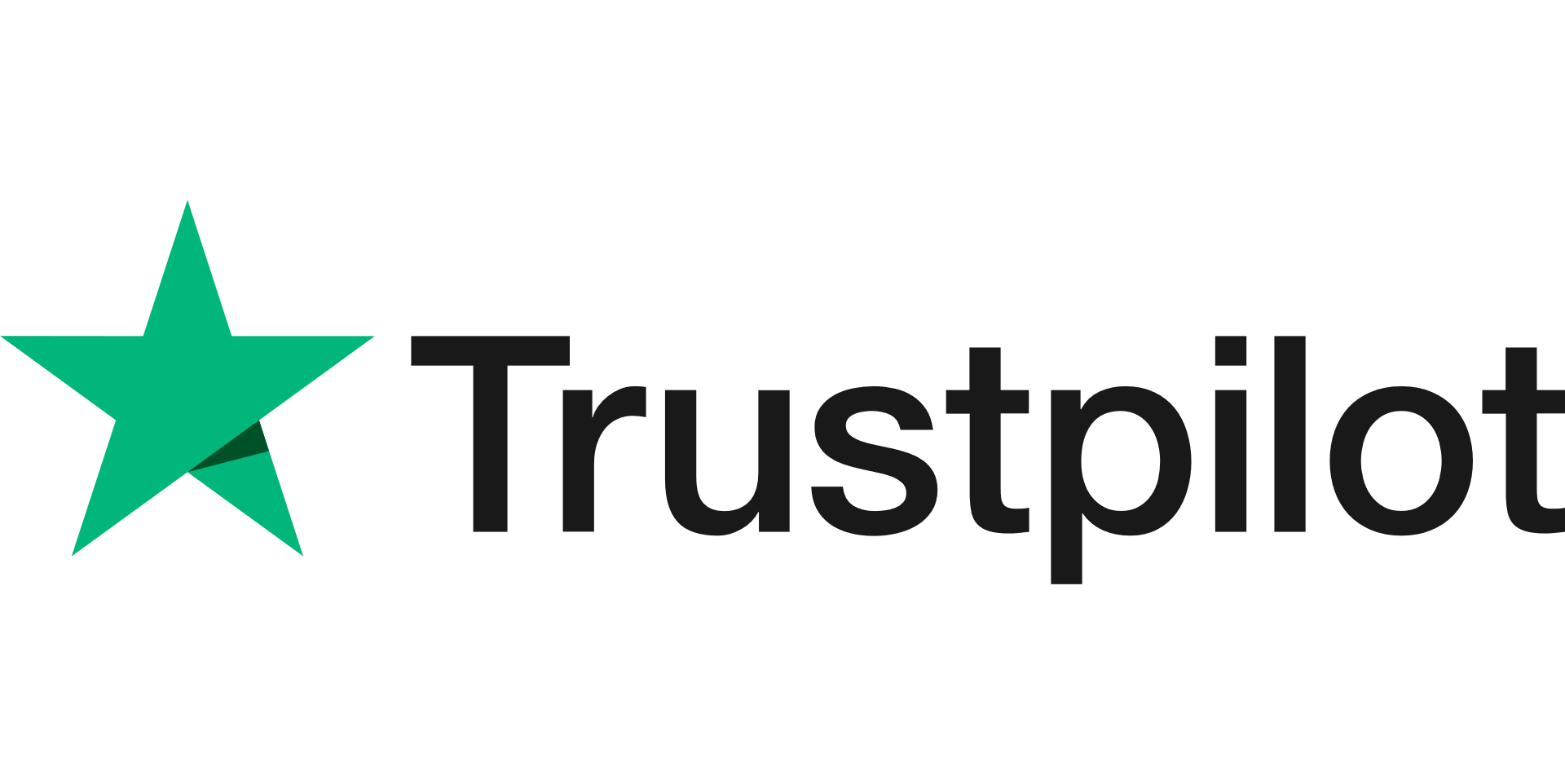Where can Drones Fly?
Robert Dobbin • October 8, 2019
Find a qualified drone operator
Once you’ve found a local drone operator who has experience in the kind of work you need, there’s the question of are they able to safely and legally complete the work. Of course, your pilot will be able to advise you, as that is part of their job but here’s some general information for you.
Drone operators (even once they’ve received their PfCO) are obligated to follow certain laws when they are flying: -
They cannot fly higher than 400ft or 120 metres
They must remain 50 metres away from persons, property, vessels and structures that are not under their control. Being under the control of the pilot means that you are aware of the flight, have been briefed on safety procedures and can be reasonably expected to follow them. During the take-off and landing phase, this distance is reduced to 30 metres.
When there is a gathering of more than 1000 people, this safe distance increases to 150 metres away (or 50 metres during takeoff and landing)
A drone pilot must have permission from the landowner at the take-off and landing zone.
It is legal to fly over property at a height of a more than 50 metres, as things currently stand, no one owns the airspace as such. However, privacy and nuisance laws mean it is not legal to film a private property without the owner’s permission or disturb them from the ‘quiet enjoyment of their property’.
Some drone operators with special CAA permissions know as an OSC (operating safety case) will have the ability to fly at reduced distances and increased heights, so it is important to check the PfCO document and confirm that the flight they plan to do is permitted.


